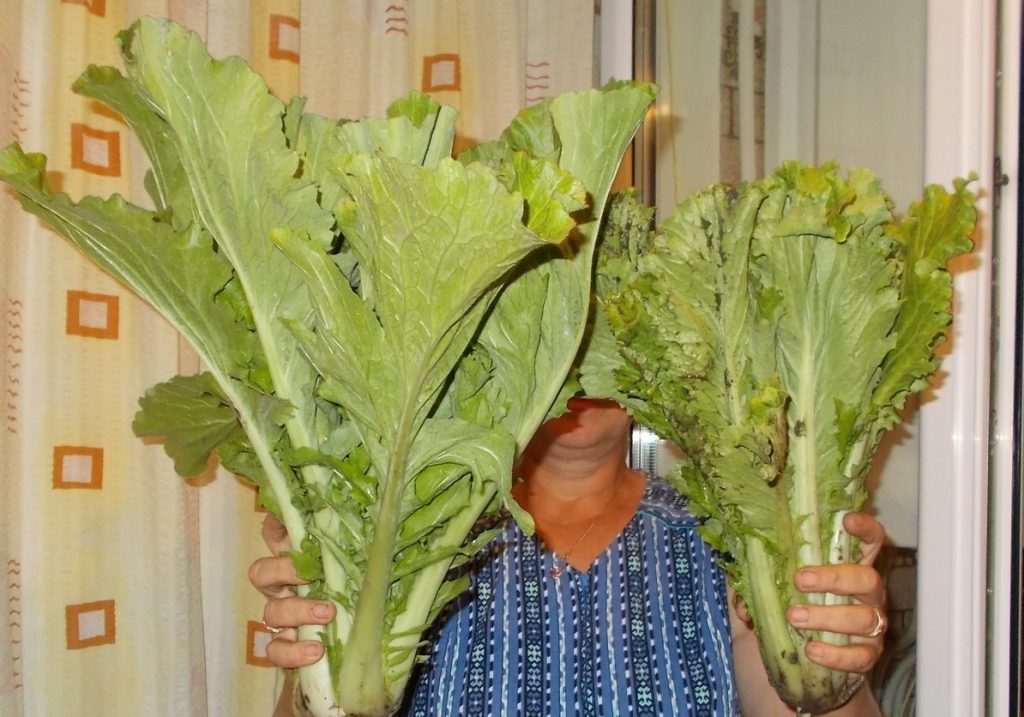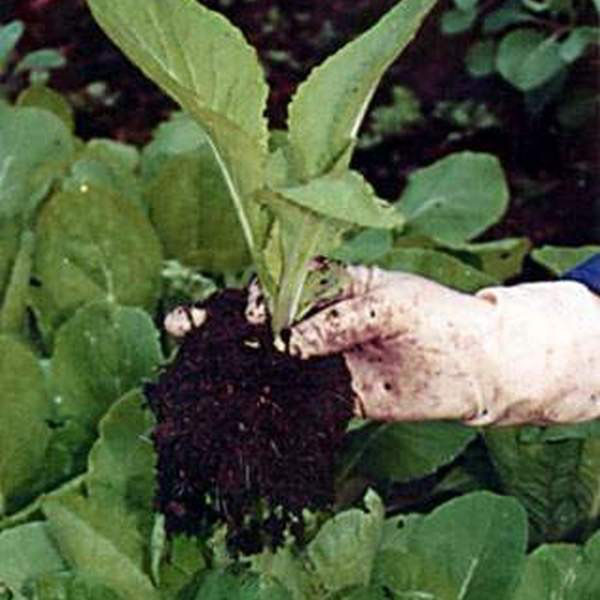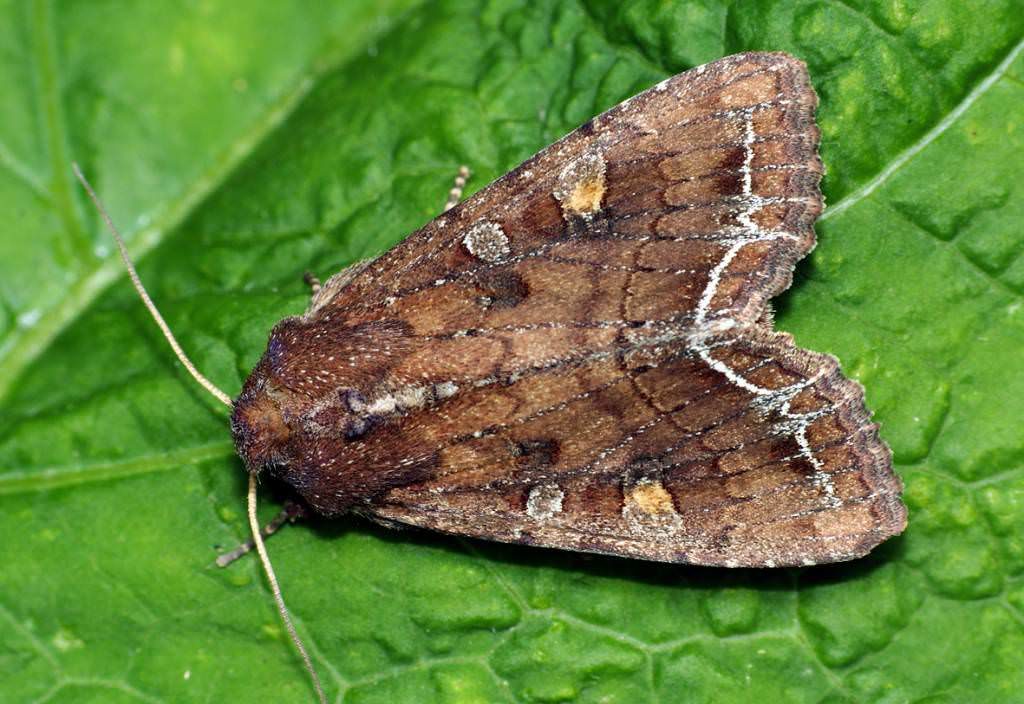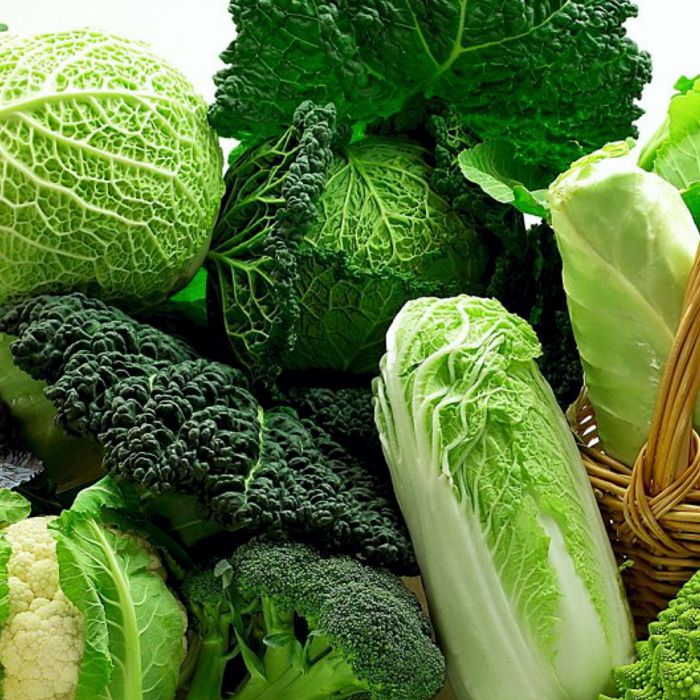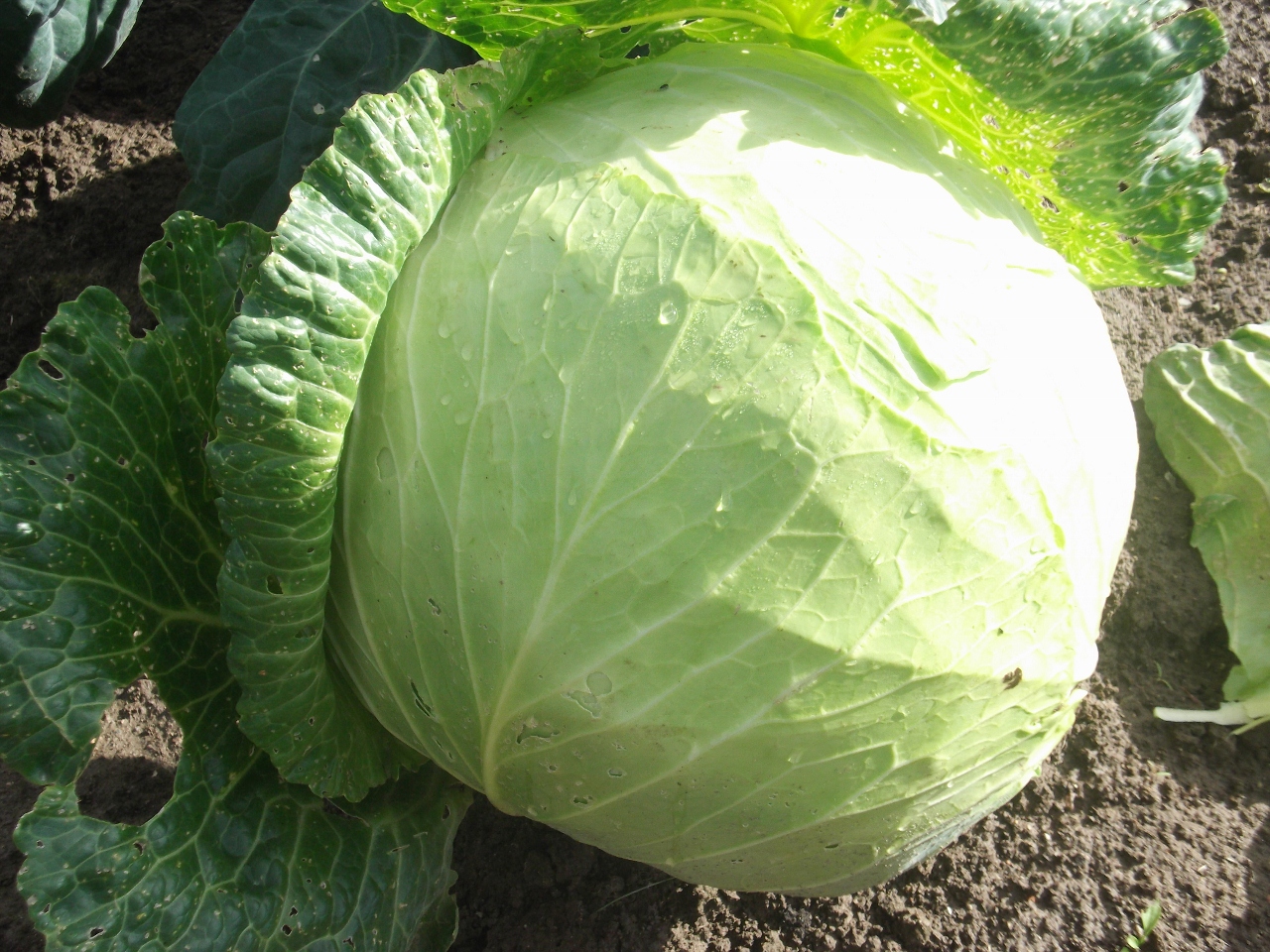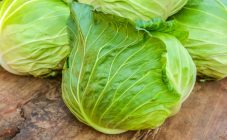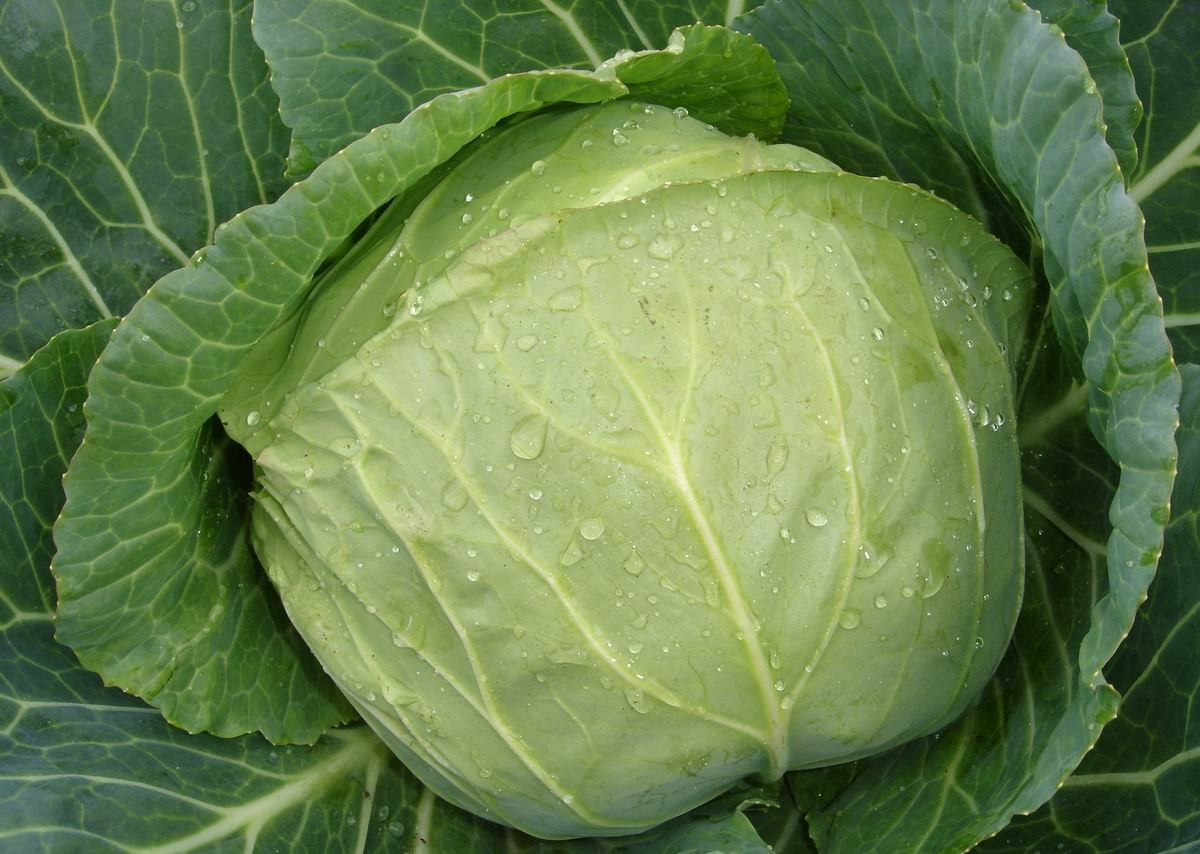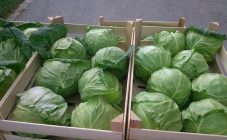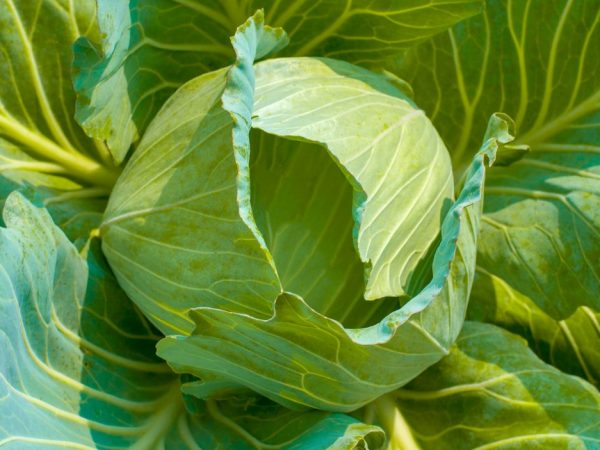Content:
Cabbage is a vegetable that is used to prepare various delicious salads. But they practice growing a plant not only because of its excellent taste, but also because of the large amount of vitamins and nutrients that are in the vegetable. Today, a large number of varieties of this culture are known, knowing how Peking cabbage grows and how to properly care for it, it will not be difficult to get a good harvest.
General information
This crop is a cold-resistant annual vegetable. Vegetation lasts 2 months from the moment the seeds are planted to the formation of a full-fledged head of cabbage.
The heads of cabbage themselves can be of different shapes:
- cylindrical;
- short oval;
- long oval;
- dense head of cabbage;
- loose head of cabbage.
Leaves can reach 25 cm in length, leaf plates can be of different structures and colors: rich green, light green. As for the structure, the sheets are swollen and wrinkled. Peking cabbage can be grown both in greenhouses and outdoors.
How to grow Chinese cabbage in the country
Low temperature is not a big danger for the culture. Seed material will germinate if the soil has warmed up at least 4 degrees. But in the future, the vegetable will not develop under such conditions. The best temperature for cabbage is + 18 ° C.
You can plant cabbage on site:
- carrots;
- Luke;
- cucumbers;
- garlic.
But the beds after radishes, mustard or other representatives of the cabbage genus will not work.
In the fall, it is necessary to use herbicides in the selected area, but only as a last resort, if it is heavily overgrown with weeds. With the onset of spring, you need to dig up the ground and add humus or compost.
It is recommended to plant Peking when the daylight hours are short. If it is more than 13 hours, the process of flower formation and the release of arrows will begin, which will negatively affect the amount of harvest. The most favorable time for disembarkation is the second half of April, the last days of July - early August. At this time, daylight hours are less than 12 hours.
Today there are hybrid and varietal cabbage. It is easiest to care for the hybrid varieties that are obtained after crossing several varieties and have excellent characteristics. Hybrids tend to easily tolerate temperature changes, they are more resistant to diseases.
Most often, experienced gardeners opt for early or medium varieties. From the first, the harvest is obtained after 30 days, and from the second after 2 months. One of the most popular varieties is Shanghai, Beijing cabbage of this variety matures in about 55 days.
How to prepare seedlings
You can plant Peking cabbage in the open field using seedlings or seed material, here everyone can choose the most convenient method for themselves. It is believed that the grown seedlings develop more intensively. You can sow seeds for seedlings from March 20.Some gardeners plan to keep Peking salad for winter storage, in which case the seeds are planted later. It is desirable to plant them in peat glasses: the culture reacts negatively to transplanting and picking.
It will take approximately 3 days until the shoots appear. When almost all the seeds have sprout, the film must be removed and the cups rearranged in a lighted room. Plants should be watered regularly to prevent a dry crust on the ground.
At the next stage, the shoots are thinned out, leaving the most developed ones. The rest of the seedlings must be pinched, but not pulled out by the roots. After the appearance of leaves in the amount of 5 pieces, the seedlings can be considered ready for transplantation.
Transfer to an open area
Before the seedlings are transplanted to open beds, hardening must be done. Containers with sprouts are exposed to the street, starting at 30 minutes and gradually increasing the time interval, bringing it to 24 hours. After that, you can transplant to a permanent bed.
When planting seedlings, fertilizers must be applied to each hole where the plants will be planted. The most commonly used are superphosphate, wood ash and urea. All ingredients must be mixed with soil and watered. After that, the plants are lowered into the holes right in the peat pots.
How to plant seeds
The principle of choosing a place is similar to that used for seedlings. In the garden, holes are dug 2 cm deep, keeping a quarter-meter distance between them. For better germination, humus and a small amount of wood ash can be added, as well as a large amount of water. Then several seeds are placed in each hole. Seedlings appear on the fifth day, then it is necessary to thin out the planting, leaving only strong shoots.
Greenhouse cultivation
Peking cabbage also grows in greenhouse conditions, but here you need to strictly follow the following rules:
- Provide plants with a temperature of +15 to + 20 ° C. If there is no heating in the greenhouse, cabbage will not grow here.
- Maintaining humidity within 70 - 80%.
How to care for cabbage
Culture responds positively to humidity, light and coolness. Young shoots are susceptible to frost and temperature fluctuations. For the safety of plants and their subsequent flowering, a non-woven fabric is used, from which a shelter is created. Such a cape serves as a reliable protection of a vegetable crop from direct sun on a hot day. Additionally, it removes excess moisture, shelters sprouts from cruciferous flea beetles, for which cabbage is a delicious dish. In addition, I mulch the beds, the mulch retains moisture in the soil and prevents the appearance of weeds.
For a good harvest, the plants are watered every 7 days using warm water.
Use of dressings
The plant responds well to fertilization. The first time the seedlings can be fed 2 weeks after they are in the open field.
For Chinese cabbage, fertile soil, which contains large amounts of nitrogen and calcium, is best suited. If the ground lacks organic matter and trace elements, this is not a reason to refuse planting a vegetable. In this case, you can use organic (mullein) or complex fertilizers.
In the fall, for each square meter of the garden, they bring:
- manure - 4.5 kg;
- superphosphate - 12.5 ml;
- potassium sulfate - 24.5 ml.
If the last component is missing, wood ash is used instead in the amount of 1 liter per 1 square meter of soil.
Before planting, bird droppings are introduced in the form of a solution (for 10 liters of water, 0.5 kg of droppings) and eggshells (shells in an amount of 30 g are crushed and infused in 5 liters of water for 48 hours). If it is not possible to apply top dressing in the autumn, potassium sulfate, superphosphate and ammonium nitrate in the amount of 1 tablespoon of each component per square meter of land are introduced in the spring during the digging of the soil.
What pests need to protect the culture
This vegetable does not already have such a large number of enemies, but still they are:
- cruciferous fleas;
- slugs;
- butterflies - cabbage;
- cruciferous bugs.
For protection, it is better to use not chemical products, but folk recipes. They give excellent results when applied regularly. The most popular methods include the following:
- If you plant cabbage between tomatoes, onions or garlic, the number of cruciferous fleas will be significantly reduced. For spraying the soil and plants, a special solution is used from the tops of potatoes and tomatoes, as well as garlic (2 large heads). The components are thoroughly crushed, filled with water and infused for 24 hours;
- with careful and regular removal of weeds, the number of harmful insects is reduced;
- if cabbage butterflies appear, you should often inspect the leaves (their lower part). As soon as clutches of eggs are found, they must be destroyed. The method is quite laborious, but gardeners note a positive result and a noticeable decrease in the appearance of caterpillars.
How to harvest and store crops
For the long-term preservation of the vegetable in the cellar, it is recommended to choose varieties that yield crops with the onset of September. The leafiness of the heads affects the shelf life (the more foliage, the better the Chinese cabbage is preserved). If the crop is placed in a place with high humidity, the cabbage will last longer. Additionally, you need to wrap each head of cabbage in an individual polyethylene film. Every two weeks, the entire crop is inspected to remove dried or rotted leaves.
A balcony or refrigerator is suitable for storage. It is important to prevent the formation of condensation and to ensure that the temperature indicator is at least 0 degrees. The storage rules on balcony rooms or in refrigerators are similar to those observed when storing products inside the cellar.
Such conditions allow the cabbage to lie for 30 to 120 days. For longer storage, there are additional options:
- leaven;
- drying;
- freezing.
Sourdough is the easiest way to store, use the following recipe:
- Beijing cabbage - 10 kg;
- water - 600 ml;
- vinegar - 100 mg;
- salt, sugar - 2 teaspoons of each component;
- garlic - 2 cloves.
Chop the cabbage, add water, add vinegar, salt, sugar, garlic. Install a press on top and put a container of cabbage in the room for 24 hours, then transfer it to a cold room for 2 weeks.
To dry, the cabbage leaves must be cut into strips and placed in the oven, preheated to 100 degrees. The door must be slightly open. The cooking time is 4 hours, then the finished product is packaged in cotton bags.
For freezing, place the chopped cabbage in salted boiling water for 3 minutes, then dry and freeze.
Peking cabbage is one of the plants that decorate any table. It is quite simple to grow a crop, and if you follow all the conditions when planting, you can always get a decent harvest.
